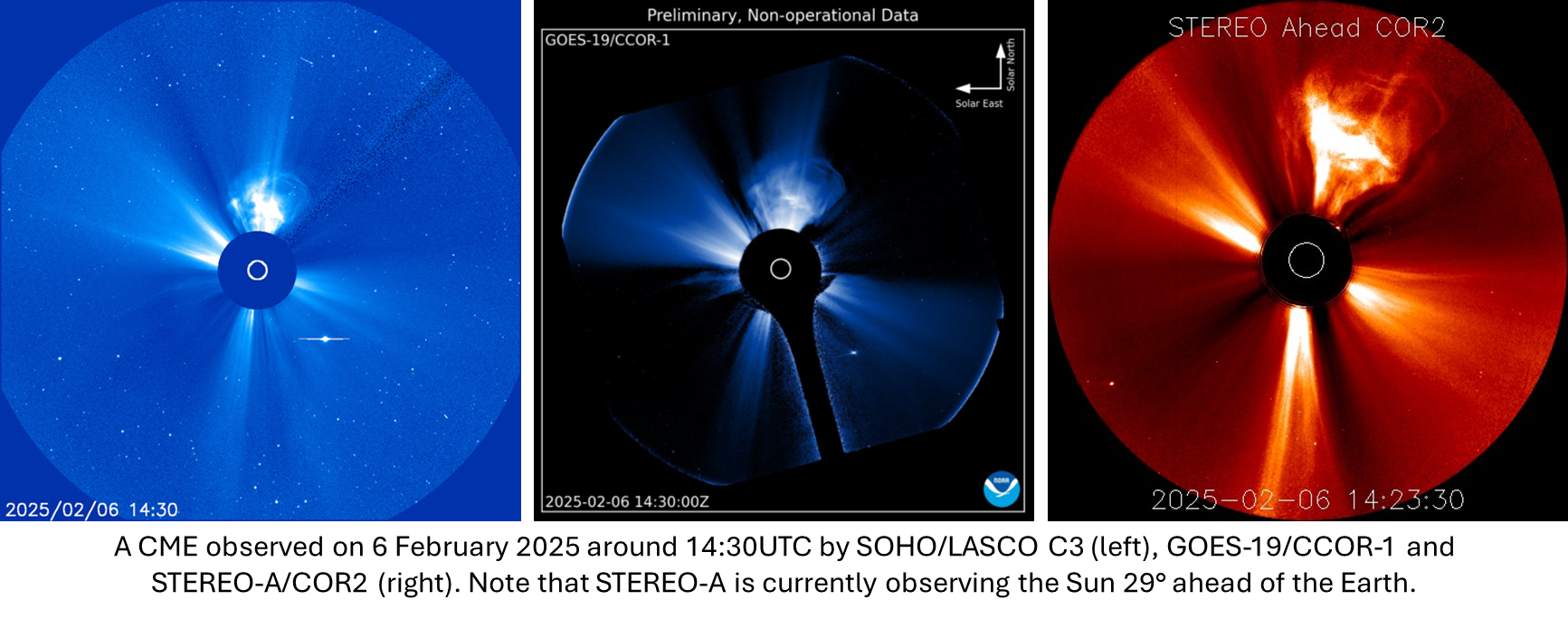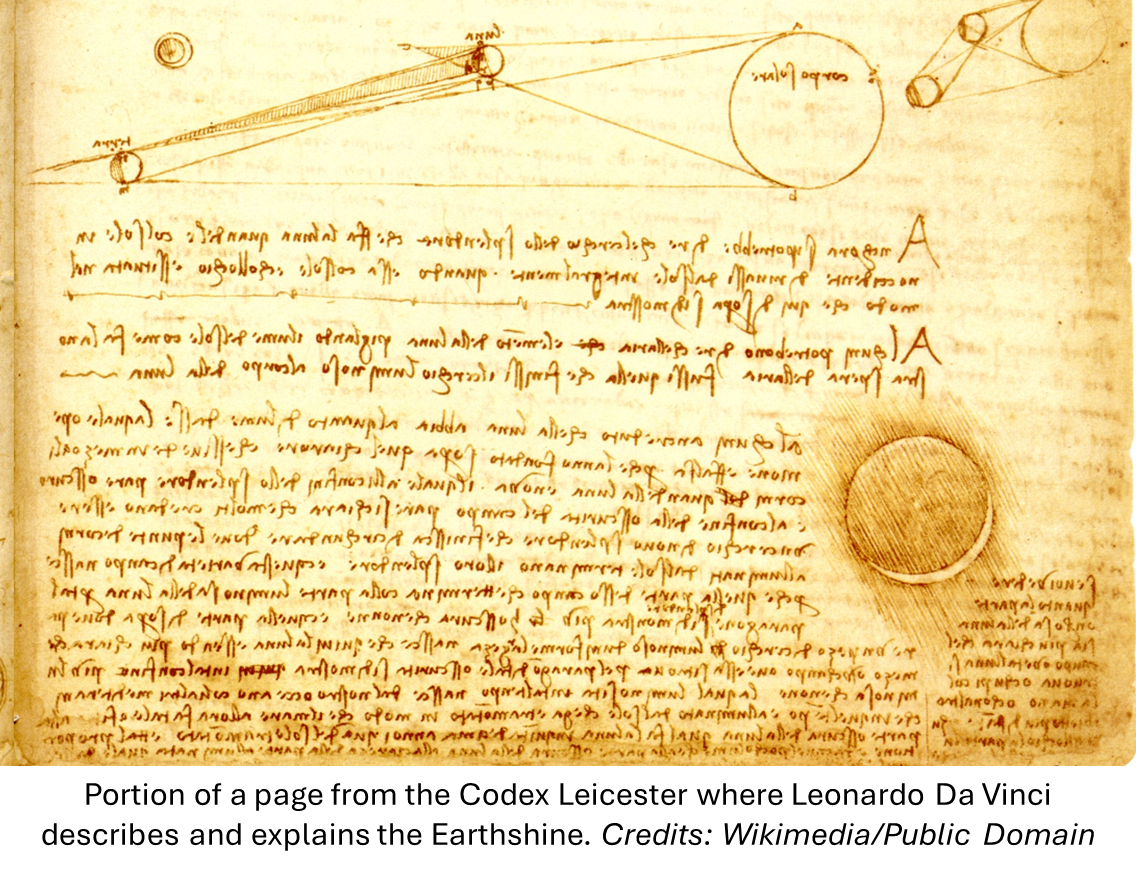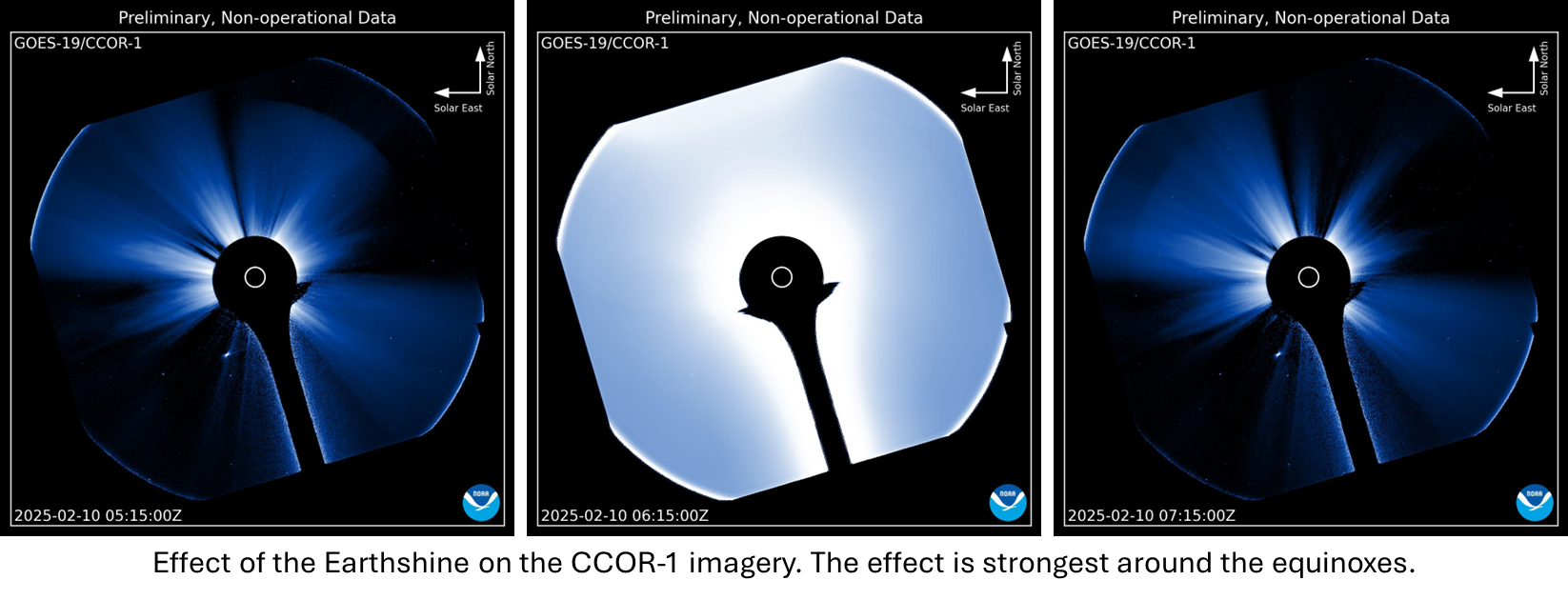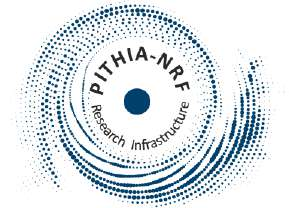Coronal mass ejections (CMEs) are large magnetic clouds filled with charged particles that are billowed away from the Sun. If these CMEs reach Earth, they can trigger geomagnetic storms which manifest themselves in the appearance of aurorae and may impact technologies such as satellites or power grids. To keep an eye on the size, speed and direction of these CMEs, some satellites have been equipped with a coronagraph. This is an instrument that creates an artificial, continuous eclipse of the Sun in white light thus revealing the Sun's much fainter nearby environment and any disturbances (in casu a CME) that may travel through the Sun's outer atmosphere (the "corona") and into the heliosphere.

The space weather community is currently using two satellites on an almost daily base for coronagraphic images: SOHO with 2 coronagraphs still operational (LASCO-C2 and -C3), and the STEREO-A satellite also with 2 coronagraphs operational (COR-1 and COR-2). These instruments are still working flawlessly despite being close to their resp. 30th and 20th anniversary. Having exceeded their life expectancy by so many years, there's of course an increasing risk on a sudden breakdown of these instruments and satellites. This would leave the SWx community without the critical coronagraphic imagery. To alleviate this pressing problem, the CCOR-1 instrument was developed and launched on board the GOES-19 on 25 June 2024. CCOR -short for Compact CORonagraph- will be on every future GOES as well. The field of view for CCOR-1 spans from 3.7 solar radii out to 17 solar radii with a spatial resolution of about 50 arcseconds. Preliminary, non-operational images of the GOES-19/CCOR-1 are now available as an animation at the NOAA/SWPC's testbed, and will be moved to here on or about 24 February 2025.

CCOR-1 is the first coronagraph to fly in a geostationary orbit around Earth, and this leads to a number of unique features to its observations. For example, SOHO's coronagraphs have observed from the Lagrange-1 point ("L1 point"), 1.5 million kilometers away from Earth in the direction of the Sun. The STEREO-A coronagraphs have observed the Sun from a heliocentric orbit inside Earth's orbit. Both these orbits are well beyond that of the Moon. Since CCOR-1 rides on the GOES-19 satellite, well within the Moon's orbit, the Moon sometimes makes appearances in the field of view. Another consequence of its proximity to Earth is sunlight that is reflected from the Earth's natural albedo (e.g. clouds, snow, ice, oceans, etc.) can impact CCOR-1 observations. This reflected sunlight is called Earthshine and was first described by none other than Leonardo Da Vinci from his observations of the Moon ca. 1510 (see Kraus 2021 ; Codex Leicester; see the image and caption above). Earthshine impacts CCOR-1 observations primarily during sunrise hours -as shown below- and the degree of the impact depends on the time of year. The effects are most pronounced around the equinoxes in March and September and gradually decay into the solstices. Scientists are working to mitigate this Earthshine effect. Further fascinating details are on the NOAA/SWPC testbed webpage.






